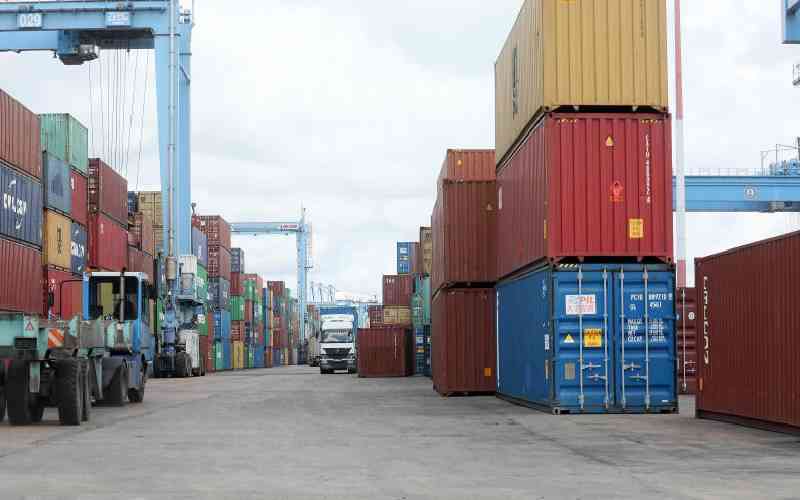×
The Standard e-Paper
Home To Bold Columnists

Again, Kenya has been jolted by the April 18 helicopter crash at Sindar village in the North Rift that snatched the life of the Chief of Defence Forces, Gen Francis Ogola, and nine Kenya Defence Force (KDF) solders. This is the latest painful instalment to an endless raft of airborne disasters that have stitched an indelible batch of odium and dishonour onto KDF's aviation.







